The pig sector continues to improve its breeding and growth performance according to data released by Teagasc.
The data shows the average herd has increased on the Teagasc PigSys programme. The number of pigs produced from each sow per year and the amount of pigmeat produced per sow per year have also seen improvements in recent years.
In the four years between 2010 and 2013, the average herd size in the Teagasc sample farms grew from 654 to 706 sows. The number of pigs produced per sow per year has increased from 23.9 in 2010 to 25.2 last year. There was an increase in the piglet mortality rate but this is normal with increased litter sizes.
Pig farmers are also getting more pigmeat from each sow. In 2013, sows were generating 1,984kg of pigmeat, up from 1,886kg in 2010.
Ciaran Carroll, head of pig development with Teagasc, who produced the report, said the improved performance is down to better breeding and nutrition as well as improved efficiencies.
“It is a bit of a combination of things really,” Carroll said. “Nutrition research is a big factor and this has fed into farmers but there is obviously a willingness and a determination at farmer level to adopt research findings and drive efficiency and productivity. While there is always room for improvement, [our herd is] among the best national herds in Europe,” Carroll said.
Porcine reproductive and respiratory syndrome (PRRS), commonly known as Blue Ear, affected approximately one third of the national herd last year and Carroll said it did have an impact, but only a slight one, on this year’s figures.
“Our trends were continuing on an upward curve but Blue Ear certainly has impacted on the figures this year. It slowed it down a bit, particularly in the growth area but not as much as we might have thought, which is encouraging,” Carroll added.
Meanwhile, there is some hope that domestic pig prices may recover after European prices hardened last week.
Irish prices fell 16c over the course of month but have remained steady in the past two weeks. Prices paid on the continent improved last week and this has led to hopes that prices could rebound here.




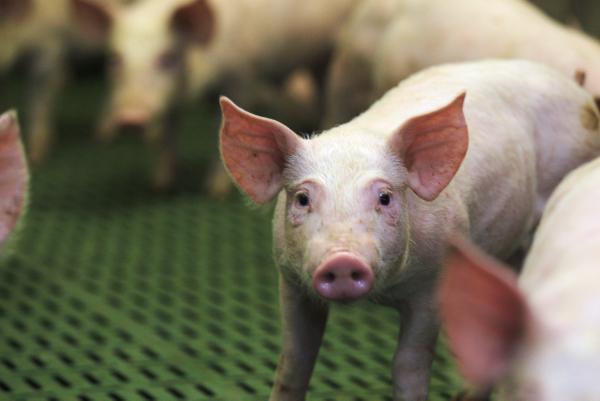
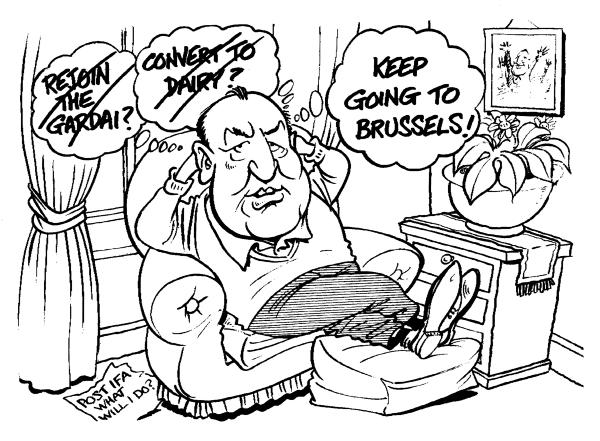

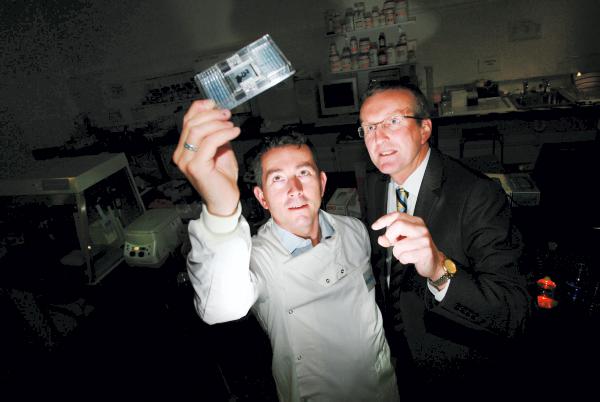
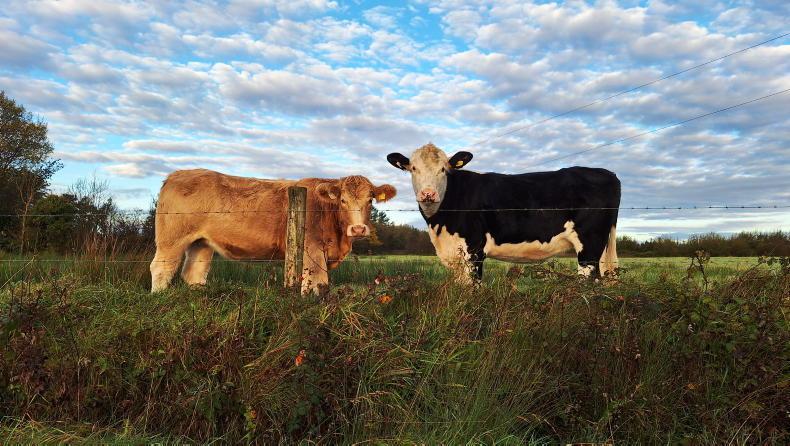
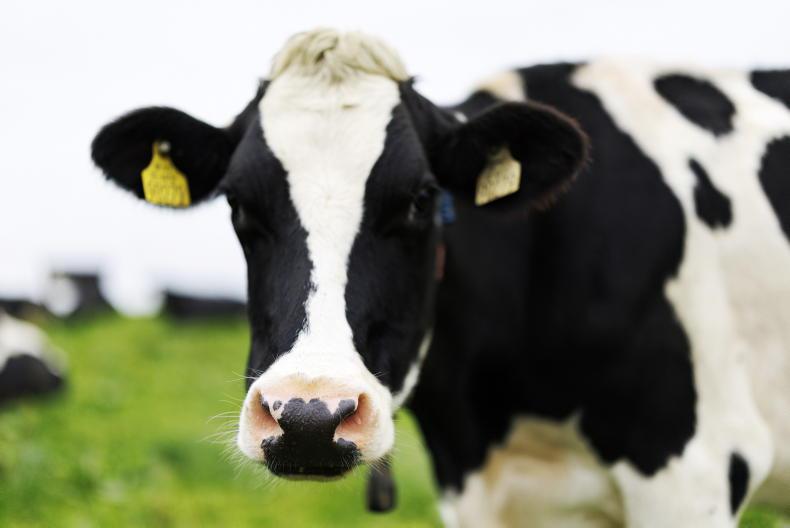
SHARING OPTIONS